The holiday season that straddles the fall and winter anime seasons is the perfect time to catch up on shows you missed. One of those shows in my pile was Fena: Pirate Princess (Kaizoku Oujo). The mid-season start date of August 14th put the anime low on my radar, but it should not have been. Pirate Princess was a high-quality production effort between Crunchyroll, Adult Swim, and Production IG. The animation in the trailers was beautiful, the soundtrack was emotional, and the story about pirates hunting treasure on a mythical island was intriguing. However, the summer season was in full swing, and then the fall season started, so the show fell down my list of priorities.
Those same circumstances might hamper the number of people taking up the Blade Runner anime. Blade Runner: Black Lotus works under the same Crunchyroll partnership with Adult Swim. It also suffered the same unusual premiere date in between anime seasons. It started on November 13th. Unfortunately, measuring the popularity of Blade Runner will have more to do with the debate over the quality of its CGI production values. Sola Digital Arts, the studio behind Ghost in the Shell: SAC_2045, applied its video game cut-scene style to the new anime, so your appreciation will vary.
If we focus only on Pirate Princess, we can look at how two elements of its release conditions affect anime viewership in the future. The first one was the anime, produced by a Japanese production studio for the Japanese audience, premiered to North American audiences before its regular start date on October 2nd for Japanese broadcasters. The second condition was that Crunchyroll and Adult Swim launched their subtitled and dubbed versions at the same time.
Did You Watch Fena: Pirate Princess?
I did not see much buzz for this show from my old-school corner of the anime subculture. I enjoy excitement over a show slowly building over twelve weeks as memes, out-of-context screencaps, and fan art spills onto internet forums and social media. I follow many Japanese artists and illustrators for mangas, light novels, and anime characters designs. But I saw no widespread interest in Pirate Princess. Even after it premiered in Japan for broadcasts during the fall anime season.
Why? Did it already feel “old” because it was already halfway through its first run? The chances of the secondary markets selling merchandise after the show finishes grow lower without fan and audience participation. Unless American and Canadian fans build their appreciation for Pirate Princess’s characters through cosplay and anime conventions, anime audiences will soon forget this show.
“Dubs vs. Subs” Fight Will Benefit Subtitles
No matter how you feel about the eternal debate over whether subtitled anime is better than foreign language dubbed voice acting, the money outside of Japan overwhelmingly prefers dubs. Personally, I can’t stand English language voice acting. However, I concede that my preference comes from not having the patience to wait for the dubbing studios to write their scripts and record the secondary audio tracks. Recently, the time between an English language voice track appearing after an episode releases is down to a matter of five to six weeks. It used to take years! And then we’d need to buy the physical box set of discs to hear that awful acting.
Adult Swim and Crunchyroll did something revolutionary with Fena: Pirate Princess. The subtitled and dubbed versions of each episode simultaneously dropped each week. Normie cable watchers could watch the same thing on Cartoon Network as Crunchyroll subscribers watched through a streaming app. Cable subscribers can even watch old episodes on the Adult Swim app or website. Of course, being cable, those episodes have an expiration date. But the smugness that subs guys have over the dubs people, of being first, is gone.
Worse, for the subs guys, Adult Swim did subtitles better than Crunchyroll! When I watched the Crunchyroll version of Pirate Princess, I quickly noticed that it had problems with subtitling episode signs. I didn’t know the episode title unless I read it from its info page. It didn’t have translated signs for the locations the characters visited. The edge of the screen lopped off some subtitles. The first episode had examples of these mistakes, but it wasn’t a matter of rough edges for the premiere. Bad subtitling plagued the entire season.
In contrast, the Adult Swim version of Pirate Princess had professionally styled subtitles. They had assorted colors, typesetting, and they placed them in context. It reminded me of the past days of fansubbing when karaoke styling mattered. If the whole point of Crunchyroll is to simulcast anime from Japan with subtitles, Adult Swim just showed us what a superior product looks like.
When websites like Crunchyroll and Fakku went “legit,” the biggest complaint from the community of fansubbers was the inferior quality of their subtitles. There’s always a balance between translating too many written signs and not enough of them. Dubbed anime can’t always rely on the dialog to supply the right amount of visual context, so they strike that balance better than commercially subtitled anime streams. The differences between Crunchyroll and Adult Swim’s efforts give us an example of this in action.
I hope that seeing how much better Adult Swim treats subtitled signs will spur Crunchyroll to take their barebones standards to a higher level. Will Crunchyroll ever beat the standards that fansubbers gave away for free? If Crunchyroll combines their work with Adult Swim’s, it will be a positive start.
Fena: Pirate Princess (Kaizoku Oujo) streams on Crunchyroll with subtitles and Adult Swim with English language dubbing for cable subscribers.
Blade Runner: Black Lotus airs weekly on Cartoon Network and Adult Swim streams with English language dubbing. Crunchyroll also streams weekly for paid subscribers in Japanese audio with English subtitles.


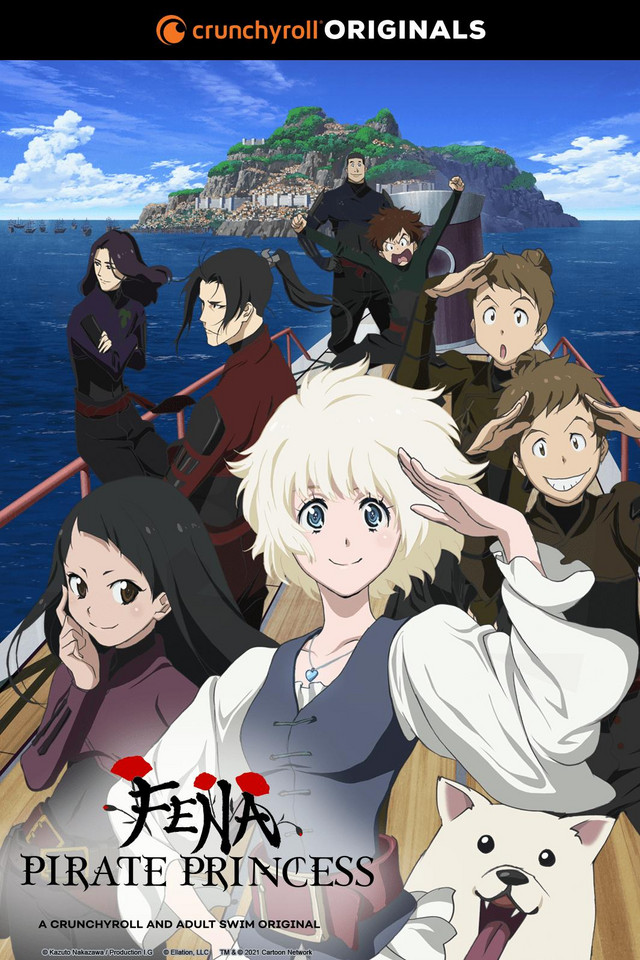
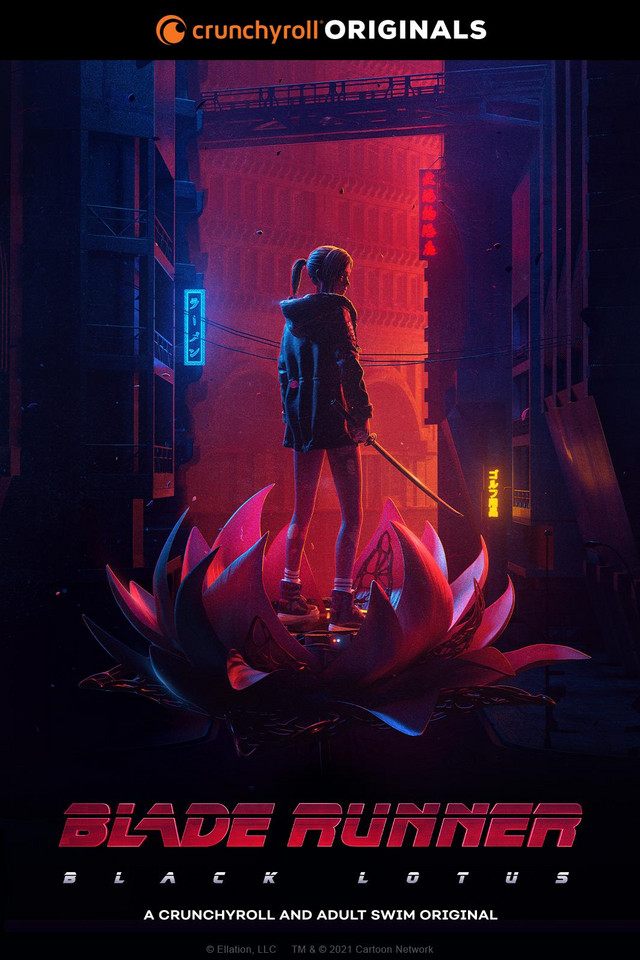
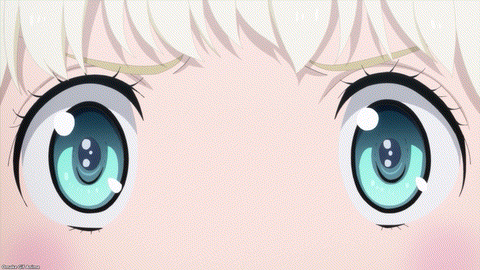
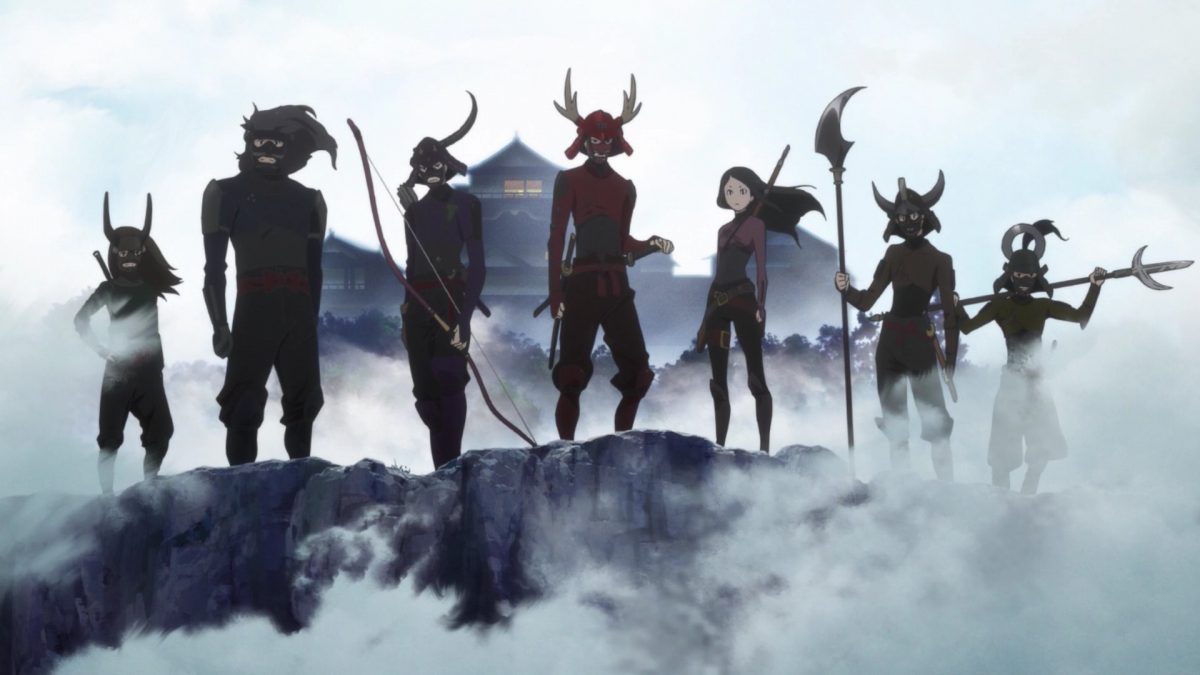
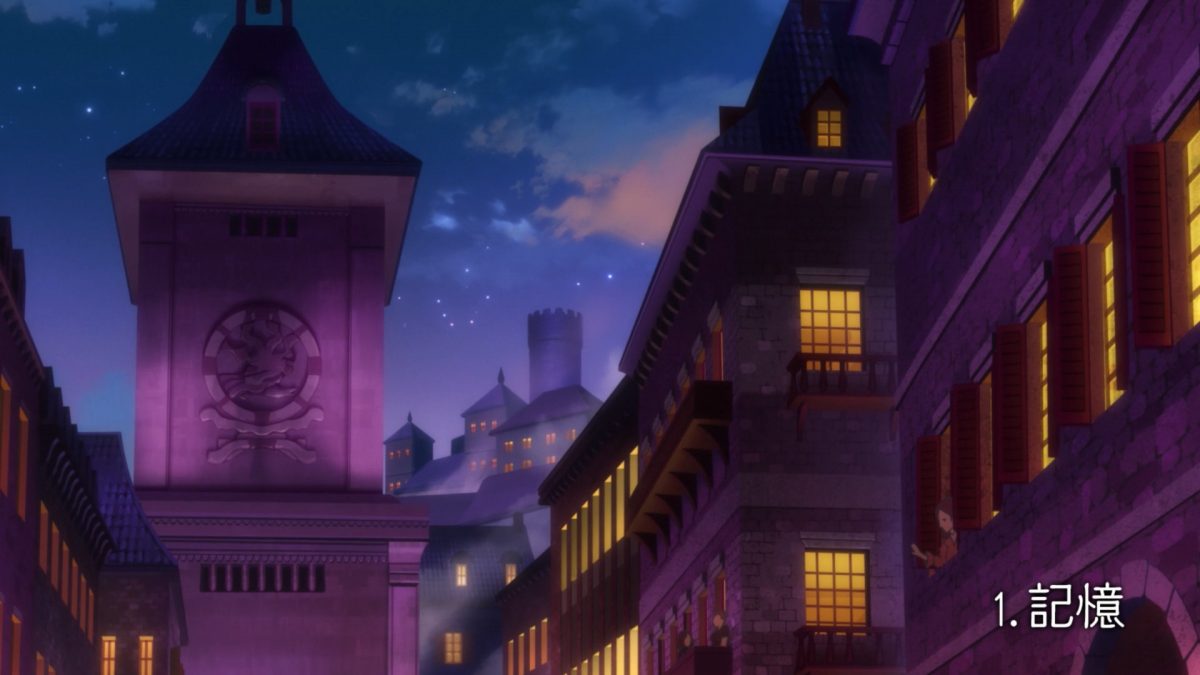
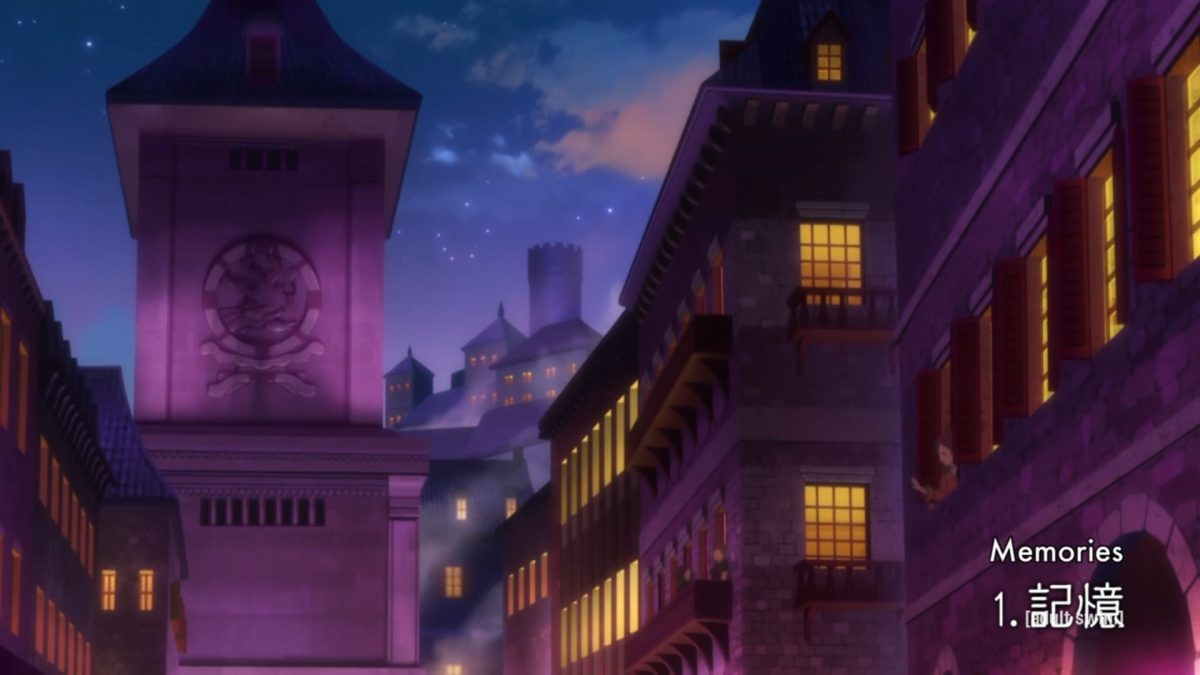
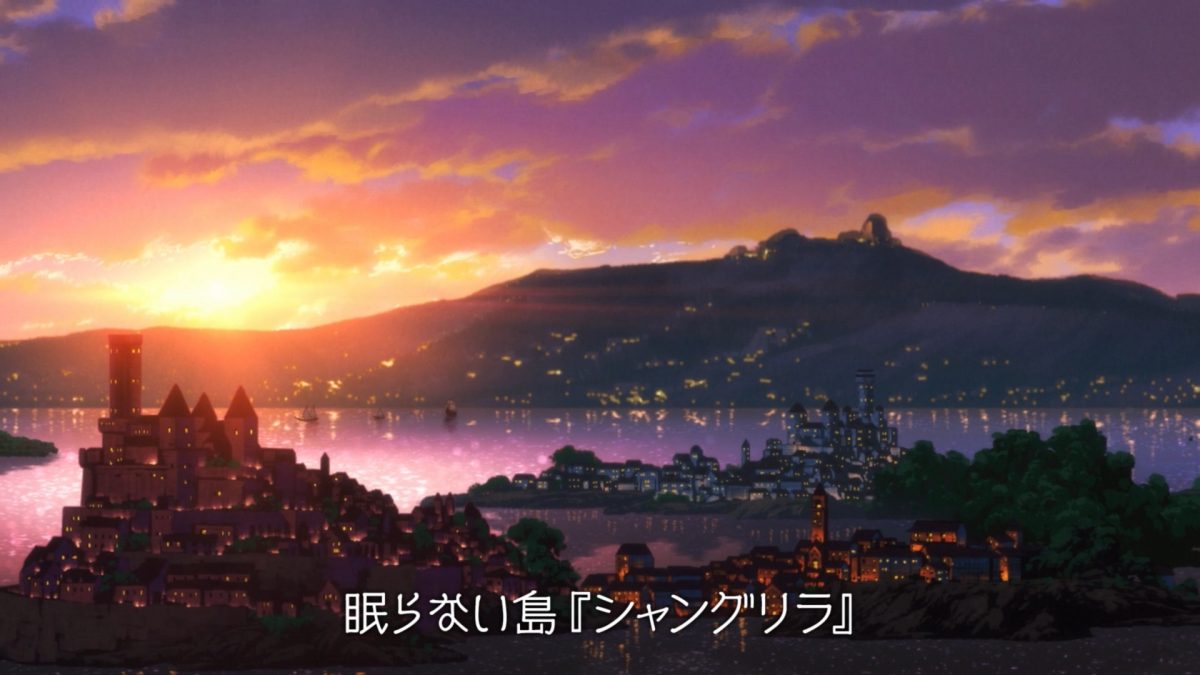
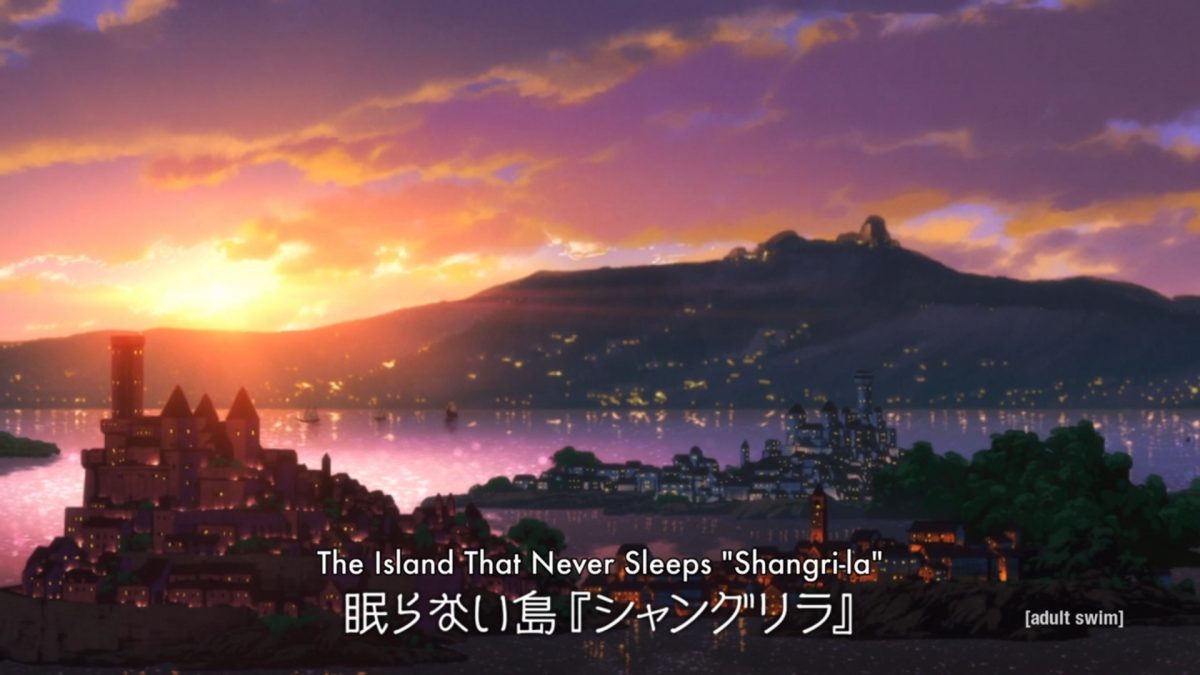
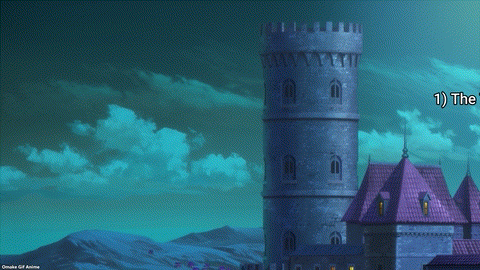
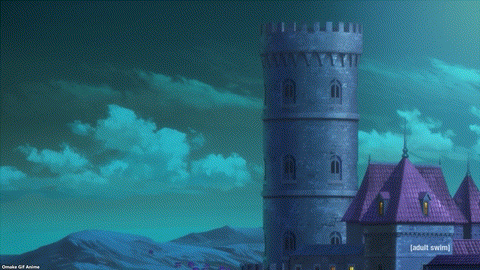
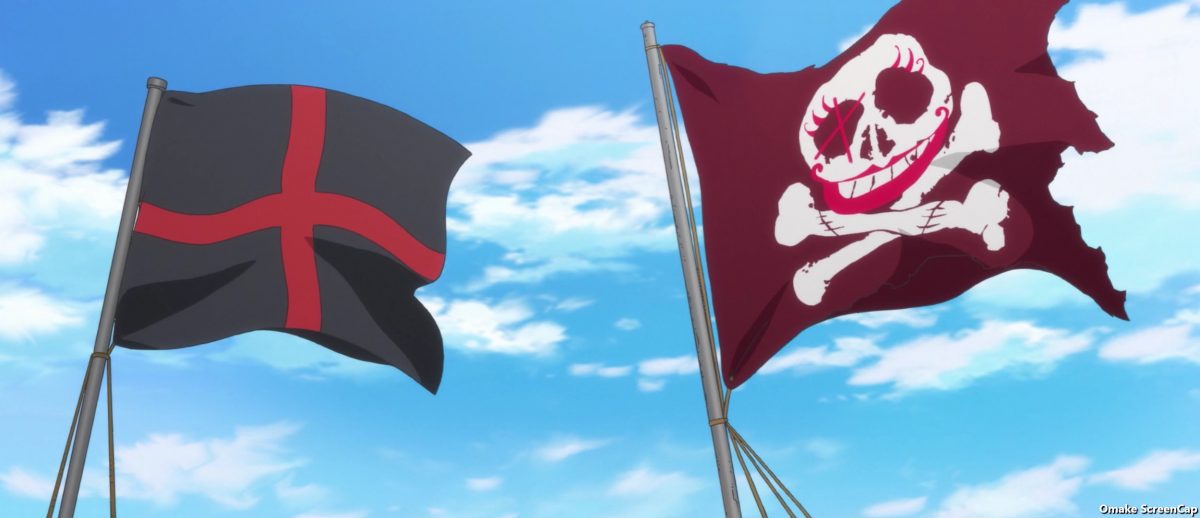
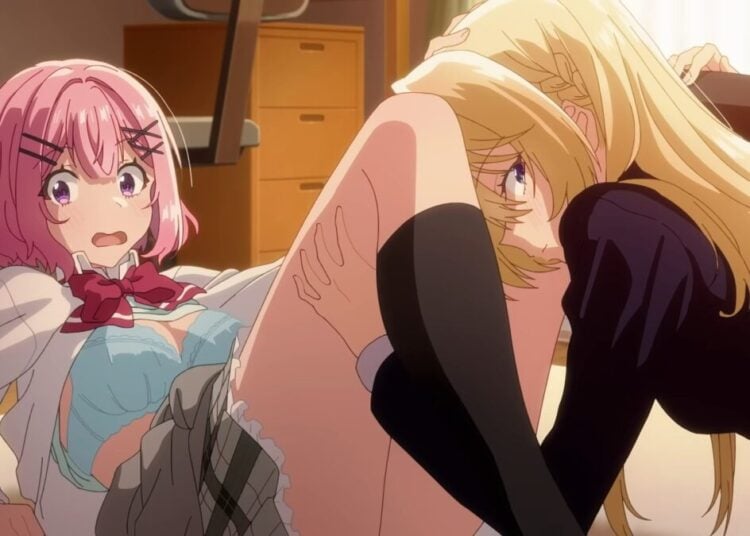
![Sawaranaide Kotesashi Kun Episode 12 [END] Featured Image](https://blog.jlist.com/wp-content/uploads/2025/12/Sawaranaide-Kotesashi-kun-Episode-12-END-Featured-Image-750x536.jpg)










